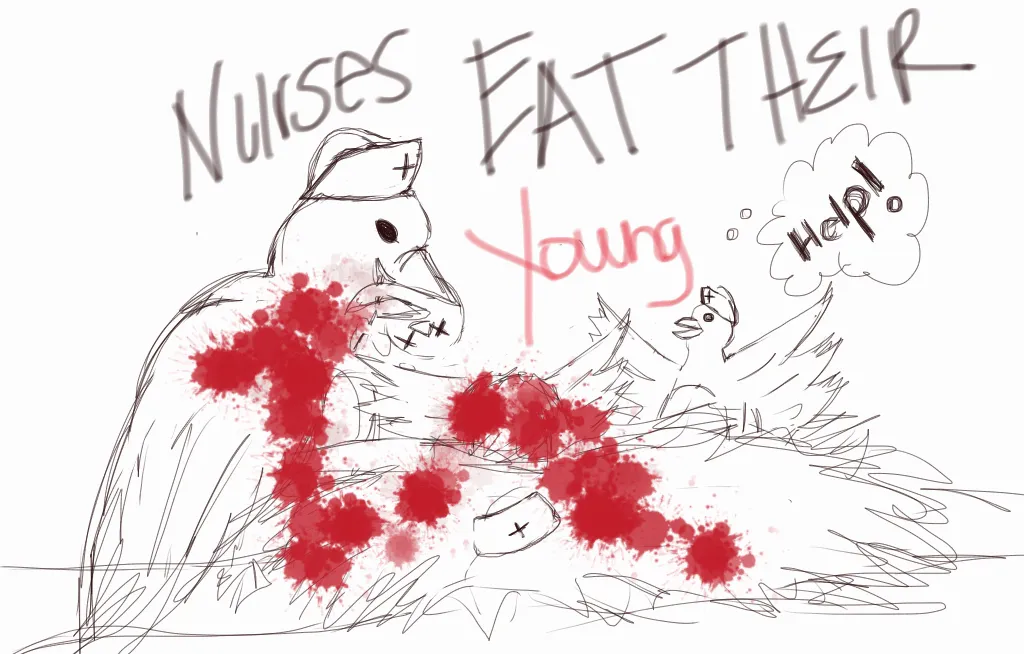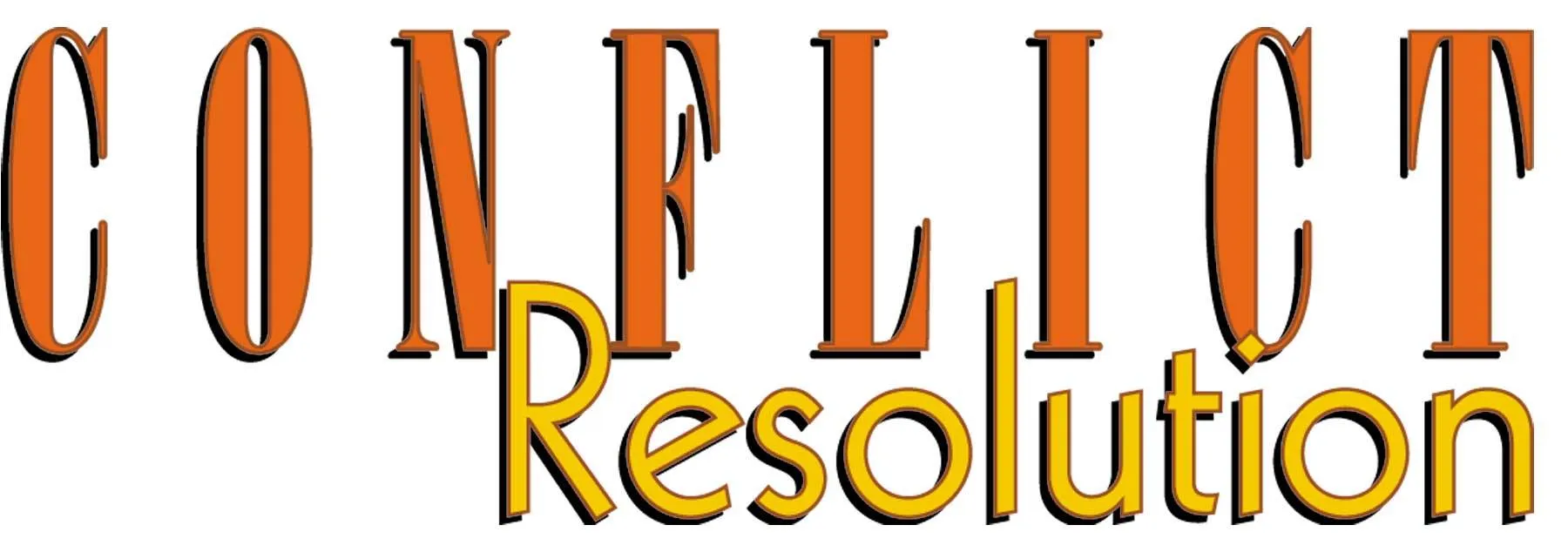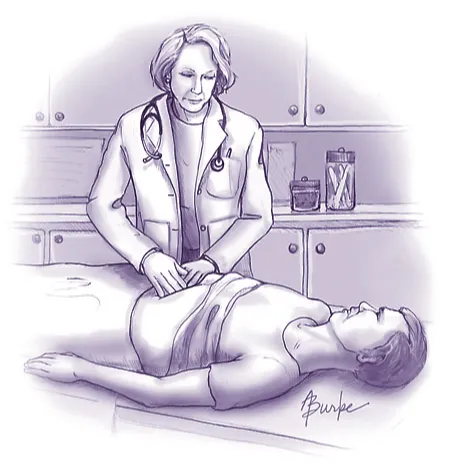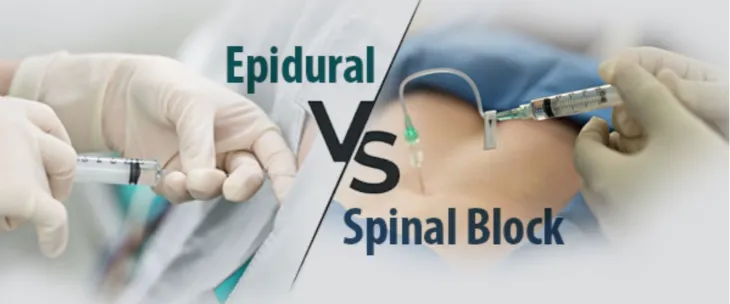Cardiac Journal of Nursing

Resuscitation for Cardiac Arrest Should Begin and End with Basic Life Support
Tags: cardiac cardiac arrest epinephrine heart attack heart disease
The article discusses Advanced Cardiovascular Life Support (ACLS), which includes medical interventions for cardiac arrest and cardiovascular emergencies beyond Basic Life Support (BLS). While ACLS utilizes interventions like epinephrine administration, oxygen usage, and advanced airways, the author argues that ACLS, particularly the use of epinephrine, fails to show significant benefits in terms of neurological recovery for patients and suggests that financial motivations might contribute to its continued use.
Read More →
So ARE Nurses the "Nurse Police" When it Comes to Inpatient Hospital Stays?
Tags: cardiac cardiac nursing diet heart healthy diets inpatient care
This essay explains my experience with working with patients who face new dietary changes, in the form of heart-healthy diets, specifically. I explore my experience with acting in a sense, as a monitor of what my patient eats while hospitalized, monitoring food brought in by family and/or friends at the time of their visit, and how nurses should seek out teaching moments for imminent dietary changes their patients will face upon discharge home.
Read More →
What's the Deal With Being Unprepared? Patient's Should Know...
Tags: cardiac emergency emergency department emergency room ER experiences
My husband has had 2 chest pain events within a week. As a nurse working primarily in cardiac nursing most of my career, I knew that any family member entering the arena of chest pain treatment would bear the wrath of my watchful eye. This has been An eye-opening, untoward (in my opinion), experience and an experience that can become a learning moment for many, as my skilled eye in emergency room settings can cause “jading” of an experience, but the perception should carry forward.
Read More →
Weighing In On a Decade-old Subject
Tags: cardiac cardiac telemetry unit Code Blue nursing assistant opinion response
This writing addresses a subject of great interest to me. I unearthed an article written in 2011, by Ms. Tamekia L. Thomas, MSN, RN, PCCN, as per the time of a publication article dated Spring 2011: “Who’s Watching the Cardiac Monitor? Does it Matter?” (Nursing: Spring 2011- Volume 41) A quick background in my interest, is that I have recently retired after graduating as a registered nurse in 1988. One of the greatest joys of my nursing work, aside from the obvious patient contact and, hoping to make a difference to my patients’ experience, was working in telemetry. In several job locations, I worked telemetry intermittently, when assigned, though other duties notwithstanding.
Read More →
Rapid Response Team to the Rescue
Tags: Ambulance cardiac Doctors EMS Follow-Ups patient patient safety Rapid Response rapid response team rapid response team benefits Rescue Rescue Team RRT RRT Nurse RRT Nursing Team treatment working together
Rapid response team (RRT) purpose is to initiate immediate measures before patient deteriorates further and to educate the staff on activating the staff the Rapid response team.
Read More →
Phlebotomy Basics For Nurses
Tags: blood blood drawing blood nurse cardiac infusion patient safety phlebotomy phlebotomy order of draw
The processes of phlebotomy are pivotal for patient care. Nurses may have to perform phlebotomy for their patient in various health care settings. Understanding the procedures, processes and reasons behind phlebotomy is the key to ensuring patient safety and positive patient outcomes.
Read More →
Therapeutic Hypothermia Management
Tags: cardiac cerebral ischemia critical care hemorrhage Hypothermia perioperative recommendations Subarachnoid Hemorrhage Therapeutic Hypothermia therapy traumatic brain injury treatment
The leading cause of death in North America is heart disease, resulting in 611,105 deaths in the last year. Cardiac arrest accounts for more than 300,000 heart disease related deaths. Patients that receive early quality chest compressions and defibrillation present with increased survival rate, however, the degree of brain dysfunction varies. The advancement in cardiopulmonary resuscitation after cardiac arrest and the use of therapeutic hypothermia have minimized brain injury and improved neurologic outcome. In 2002, two studies demonstrated the use of therapeutic hypothermia after cardiac arrest proving to lower mortality rate and have neuroprotective effect. This led the American Heart Association and the International Liaison Committee on Resuscitation to recommend the implementation of therapeutic hypothermia after the return of spontaneous circulation post-cardiac arrest. Mild hypothermia is also utilized in traumatic brain injury to control cerebral edema and to decrease intracranial pressure (ICP), cerebral ischemia, and subarachnoid hemorrhage (SAH). However, clinical effectiveness for subarachnoid hemorrhage is still questionable. This paper will focus on the recommendations for therapeutic hypothermia after cardiac arrest as well as a briefly discuss its use for clinical trials in traumatic brain injury, cerebral ischemia, and SAH.
Read More →
The Cardiac Diagnostic Interventional Symposium (CDIS)
Tags: allied healthcare professional education better world cardiac Cardiac Diagnostic children heathier children Hospital for Sick Children nursing SickKids team building
The symposium focused on nursing and allied healthcare professional education.
Read More →
Early versus Later Rhythm Analysis in Patients with Out-of-Hospital Cardiac Arrest: A Quantitative Critique
Tags: cardiac cardiac arrest literature review Quantitative Critique study
The critique of the study Early versus Later Rhythm Analysis in Patients with Out-of-Hospital Cardiac Arrest evaluates strengths and weaknesses in relation to the generalizability of the study. The significance of the study is assessed, as well as the literature review, purpose, hypothesis, findings, and limitations. The study provided information regarding protocols on performing CPR on out-of-hospital patients. Although the findings were not clinically or statistically significant, the study did offer useful knowledge that both methods of rhythm analysis with CPR provide similar outcomes. This study failed to provide additional knowledge on the topic. Ultimately, further research should be completed on the best treatments for out-of-hospital cardiac arrests.
Read More →
Cardiac Amyloidosis: The oft times missed cardiomyopathy - A nurse's personal story
Tags: cardiac Cardiac Amyloidosis Cardiac Diagnostic Case Study death disease end of life
Having been in nursing for over 30 years, nothing I had learned in school or through experience would prepare me for the long, misdiagnosed disease my husband suffered that eventually took his life. Forever changing my perspective on healthcare, it has prompted me to share this story with other nurses, hopefully, averting this course for other patients, and possibly one’s own family member.
Read More →
Withdrawal in the Pediatric Cardiac Population
Tags: cardiac pediatric population
Oftentimes patients admitted to the Pediatric Cardiac Intensive Care Unit are placed on narcotic and/or benzodiazepine intravenous infusions after surgery, especially if prolonged intubation is expected. It is generally assumed that after a period of 5 days on continuous infusions or administration of around the clock opioid/benzodiazepine administration, the patient should be monitored for signs of withdrawal.
Read More →
Basic Cardiac Assessments: Physical Examination, Electrocardiography, and Chest Radiography
Tags: cardiac cardiac assessments chest radiology electrocardiography ICU physical examination risk factors surgical unit
The human heart is one of the major organs adversely affected by high blood pressure. Therefore, the registered nurse must provide a careful and thorough evaluation of the assessments needed via the cardiac structure and function (i.e., including visual signs, all non-and invasive cardiac medical devices), which is an obligatory part of the examination of the hypertensive patient.
Read More →
My Nursing Career A Whole New Appreciation
Tags: appreciation cardiac career love night shift nursing
Not a day goes by, without reading in the newspaper and hearing over the radio or TV about the rising rate of unemployment in our country. It is this reality that has given me a whole new appreciation for being a nurse.
Read More →
The Signs and Symptoms' of Cardiomyopathy: The Awareness and Actions of the Registered Nurse
Tags: cardiac cardiomyopathy echocardiography heart attack signs symptoms
A careful history-taking by the registered nurse or practitioner along with a complete physical examination can reveal cardiomyopathies, but it is appropriate to confirm the diagnosis with a transthoracic echocardiography and selected laboratory studies.
Read More →Get Published for Free
Browse by Tag
advocate aging anesthesia behavior cardiac care Case Study child children clinical compassion COVID-19 critical care death diabetes disease education emergency department end of life ethical principles ethical values ethics future of nursing health health care ICU medication mental health nurse Nurse Education nursing nursing education nursing ethics nursing faculty nursing school nursing students PACU patient care patient outcomes patient safety pediatric poem profession risk factors stress student nurse students teaching therapy treatment
Most Popular Last Month
More from RN Journal
Jobs: Supply and Demand for Registered Nurses
Embracing the Climb: From Cleaning Floors to a DNP
Finding Purpose in Survival: A Second Chance to Inspire Others
Our Responsibility at Tech-Savvy Nurses
Value of a Bachelor's Educated Nurse
Opposite of Burnout is Engagement
Impact of Language Barriers on Patient Safety
So... How Can We Better Learn CPR?
How to Stay Current with Continuing Education in Nursing









